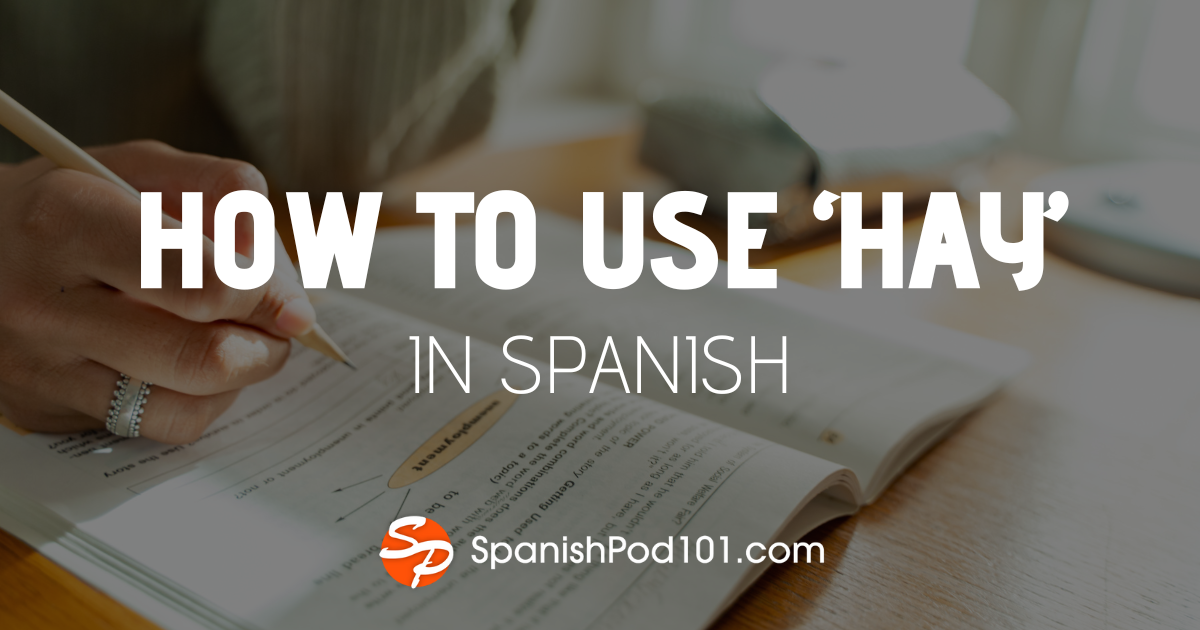In this All About, you will find out the top 5 mistakes often made in the Spanish language. Knowing them will help you not to make them!
Mistake Number Five: Crimes against Gustar
Spanish people translate me gusta and me gustan as “I like,” and if you like something singular you say me gusta, and if you like something plural you say me gustan. Gustar is a verb that actually means “it gives me pleasure” so if you conjugate it like other regular verbs, you might be saying something wrong.
Mistake Number Four: -r Fixation
One big mistake people make when learning Spanish is fixating on the -r. The trilled -r intimidates some people so much that they decide they can’t learn Spanish; others try to trill every -r they see, which sounds ridiculous. First of all, if you can’t trill your -r, it’s not a big deal; people will still understand you perfectly.
Second, there are plenty of native Spanish speakers who never learned to trill their -r, so again, it’s not a big deal.
Mistake Number Three: Who You Callin’ Tú?
This distinction between tú and usted is often to difficult for Americans to grasp or even to remember, and more often than not, many go all over the Spanish-speaking world addressing everyone they meet as tu. This is an error of register. Usually Spanish speakers will forgive this mistake as a second language thing, but knowing when to be familiar and when to be respectful goes a long way in making a good first impression.
Mistake Number Two: Order! Order!
It’s common to see newer speakers of Spanish misunderstand repeated explanations, expecting the first noun they hear to be the subject of a sentence. For example, if you hear A los Jackson se te vamos a presentar mañana, a new speaker of Spanish might think, “Whoa, the Jackson family is going to do what?” Spanish has more flexibility in word order than English.
Mistake Number One: Silent -h means SILENT!
Here’s a common pronunciation mistake that English-speaking learners of Spanish can totally avoid. That -h you see in Spanish words never, never, NEVER makes the English /h/ sound. First of all, if you see it with a -c, as in -ch, that’s easy enough: it makes the /ch/ sound like in “church.” But if you see that -h without a -c, then that -h is silent. And when we say “silent” we mean “no sound.”
Those were a few of the five most commonly made mistakes in Spanish. We hope this helped along your learning path!









